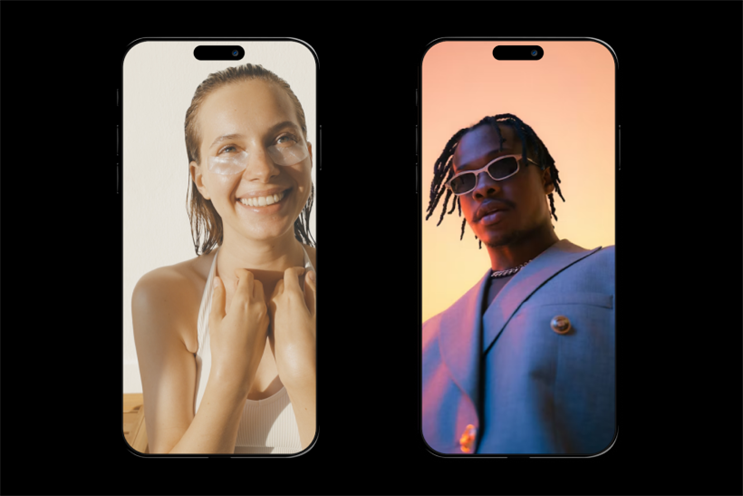
Since the birth of social media, brands have looked for innovative ways to use influencer marketing to sell products and tell stories. Over the past five years, influencer marketing has moved centre-stage on the back of the continuing dominance of YouTube, Instagram’s ongoing popularity with influencers, and the inexorable rise of TikTok.
As influencer marketing grows, so does the desire of CMOs to embed creators into other channels and to make bolder bets on influencer marketing as a whole. The challenge: with bigger budgets, come bigger stakes, so it is increasingly critical to know when, how and why to use each media vehicle in the wider mix.
However, a critical piece of the influencer puzzle appears to have been missing: just how to measure influencer marketing’s impact compared with other channels. Here, the industry has been tiptoeing around in the dark, fumbling for the light switch.
Now, data and insights company ThisThat says it has the power to illuminate the effectiveness of influencer marketing by benchmarking brand lift. Not only that, the development means industry norms are now available to indicate what “good” looks like across various different platforms and channels.
“While advertising has evolved, measurement hasn’t, making it near impossible to understand how performance compares across different channels.” says ThisThat founder Max Osborne. “Guesswork is wasteful and fuels ad destain; it’s too big of a risk for ROI and no longer excusable. It’s the industry’s biggest pain. But we’re solving this. Marketers need to be able to compare channels. With more and more advertisers turning to brand lift, having benchmarks to know what ‘good’ looks like eliminates guesswork for our clients.”
Let’s take a peek.
Measuring brand lift
Brand lift involves surveying two groups: a test group from those who have been naturally exposed to a campaign (such as the influencers’ community) and an identical control group that hasn’t been exposed to the campaign. By comparing their responses to a series of questions across relevant topics and themes, the difference between the two groups is measured to assess the campaign's impact within the relevant audience. The difference is lift - it's full-funnel, customisable measurement.
ThisThat has gamified the survey experience and can survey audiences exposed to ads across all channels of marketing; the company says it has unlocked the ability to collect data from those exposed at any touchpoint of a campaign at a transformative scale.
The result? New, greater depth in reporting, with clearer, actionable insight for brands. “Brands finally understand what the true customer journey looks like and can discover what levers to pull between drivers and KPIs across the full funnel” says Osborne. The volume of data ThisThat has collected over the years means it now has the ability to benchmark full-funnel performance for influencer marketing with brand lift, as well as side-by-side comparisons of influencer marketing versus other channels, he adds.
In January, ThisThat launched its first benchmark results. It found that influencer marketing is 2.07 times more effective than other channels at driving awareness, and 2.78 times more effective than other channels at driving message recall.
It was also found to be more effective across other measures: word-of-mouth (1.77x), association (1.74x), preference (1.49x) and familiarity (1.43x).
“We believe these benchmarks create the blueprint for how and when to use influencers,” Osborne says.
Future-proofing campaigns
Influencer marketing may well have entered the mainstream, but the social landscape is always evolving: new features, new algorithms, new user behaviours, new billionaire owners acting on a whim. What worked in 2023 may not necessarily work in 2024. This all means that brands and agencies must stay agile, and the ability to measure brand lift means strategies, processes, and campaigns can be tested, learned from, and improved to adapt to shifts in what consumers want from influencers.
“Measuring brand lift isn't only about tracking success,” says Osborne. “It's also about future-proofing your brand. Understanding the impact influencers have on brand perception and consumer behaviour provides invaluable insights that enable brands to not only stay ahead but also adapt quickly, ensuring that valuable marketing spend is channelled in the right way.”
In an era when trends quickly come and go, harnessing data-driven insight ensures brands can navigate uncertainties confidently, carving a path towards sustained relevance and growth.
“ThisThat is proud to be at the forefront of data measurement,” says Osborne. “It enables brands and agencies to transformatively increase their marketing ROI in harmony with elevated consumer voices.”
Find out more about ThisThat.


